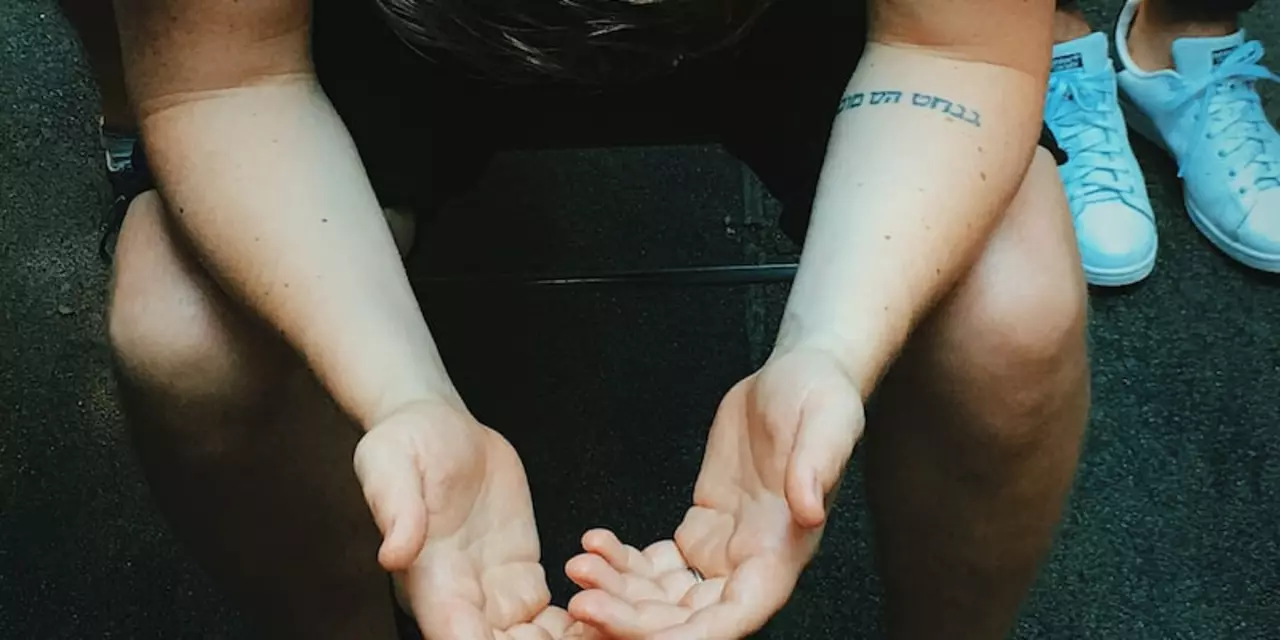The article explores the theory that Jesus Christ may have visited or lived in India, Tibet or Kashmir during the 'lost years' of his life. It discusses the evidence for such a journey, including the similarities between Jesus' teachings and those of Indian religions, and the prevalence of stories about a 'Holy Man from Galilee' in the region. It concludes that Jesus may have visited the region, although there is no definitive proof either way. Ultimately, the article suggests that the question of whether Jesus visited India is one of faith, not history.
Tibet – News, Culture and Travel Guide
If you’re curious about what’s going on in Tibet, you’ve come to the right spot. This page gathers the freshest headlines, cultural nuggets and travel advice so you can keep up without digging through dozens of sites.
What’s happening in Tibet right now?
Every day brings a new story from the plateau. From government announcements on infrastructure projects to local festivals that draw crowds from all over Asia, the news flow is steady. Keep an eye on developments around the Lhasa railway, new solar farms in the highlands, and the latest environmental reports on the Yarlung Tsangpo River. When tensions rise, you’ll find quick updates on protests, diplomatic talks, and policy changes that affect residents and travelers alike.
Social media buzz also matters. Many Tibetans share videos of traditional dances, market scenes and everyday life on platforms like Weibo and local forums. Those clips often become the first hint of a larger story, whether it’s a new tourism rule or a community initiative to preserve the Tibetan language.
Explore Tibet: Travel basics and cultural tips
Planning a trip? Here’s what you need to know before you book a ticket to the roof of the world. Altitude is the biggest challenge – most visitors feel the effects above 3,500 meters, so take it slow the first couple of days, drink plenty of water and consider a short acclimatization trek.
Permits are mandatory for most regions outside Lhasa. The process is straightforward if you work with a reputable tour operator or use the official online portal. Don’t forget a passport‑size photo and a copy of your travel itinerary.
When it comes to culture, respect is key. Monks in monasteries wear distinctive robes; do not photograph them without permission. Offer a modest tip if you’re invited to join a chanting session – it’s a sign of appreciation. Local cuisine is simple but tasty: try momos (dumplings), thukpa (noodle soup) and butter tea. Street vendors often use fresh yak meat, which is lean and high in protein.Transportation across the plateau has improved dramatically. The Qinghai‑Tibet Railway is a scenic ride that stops at several scenic spots. For more flexibility, hire a 4×4 vehicle with a driver who knows the mountain roads. Remember that Wi‑Fi can be spotty in remote villages, so download maps and offline guides before you leave.
Finally, keep an eye on the weather. Summer brings monsoon rains that can trigger landslides, while winter brings sub‑zero temps and snow‑blocked passes. Packing layers, a warm hat and sturdy boots will keep you comfortable no matter the season.
Whether you’re reading about the latest policy change, watching a viral dance video, or planning a trek to Mount Kailash, this page gives you the facts you need without the fluff. Bookmark it, check back often, and stay in the loop about Tibet’s ever‑evolving story.
